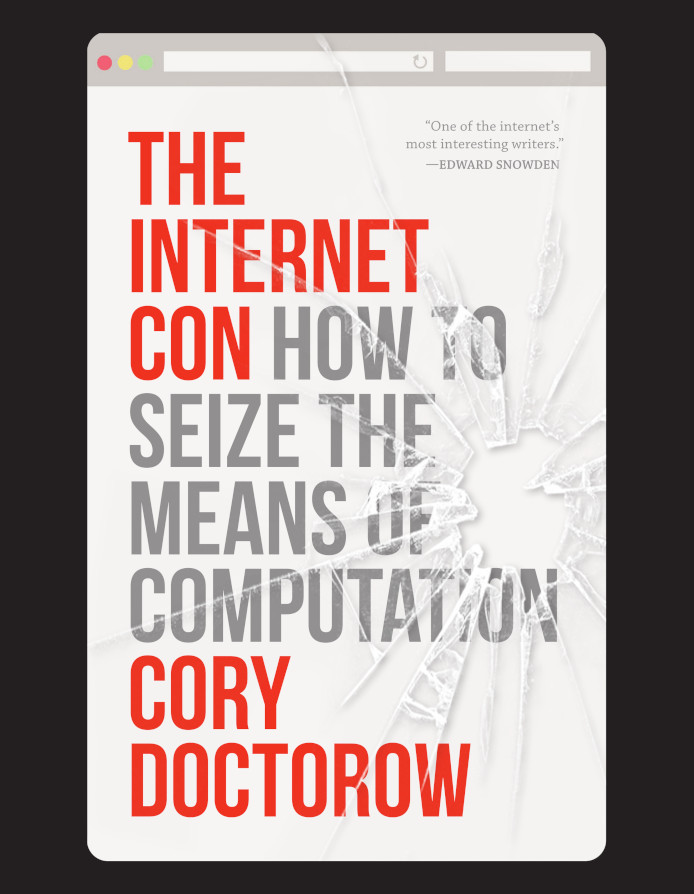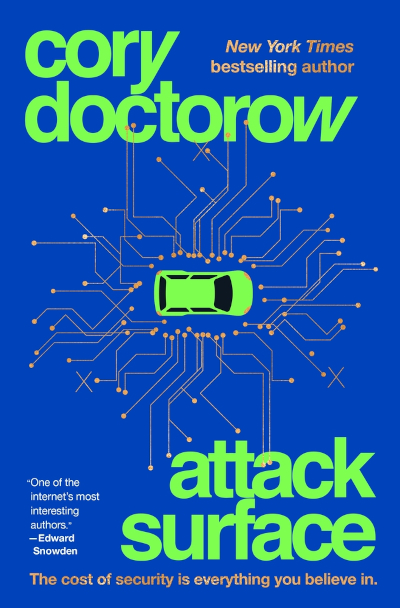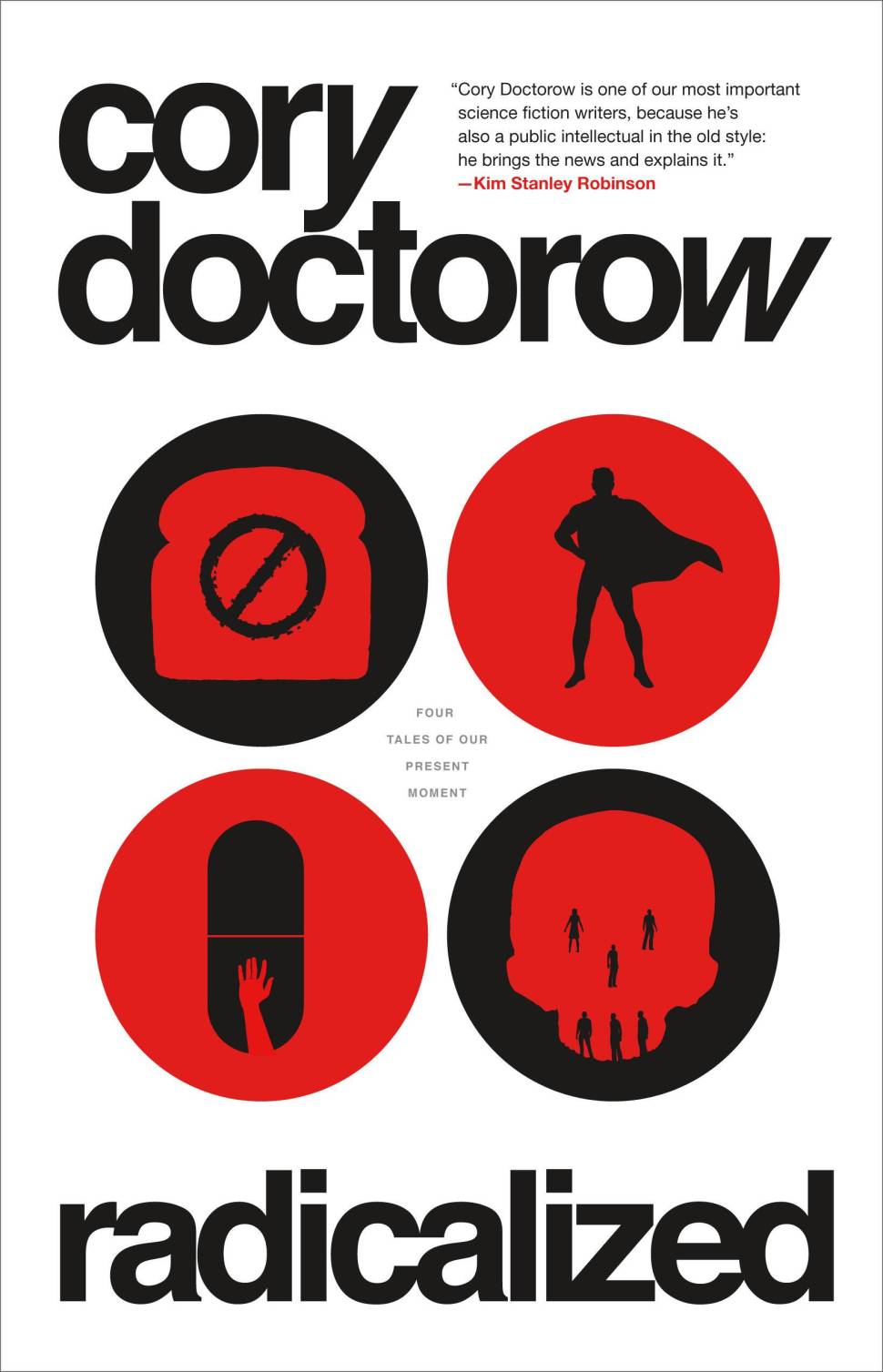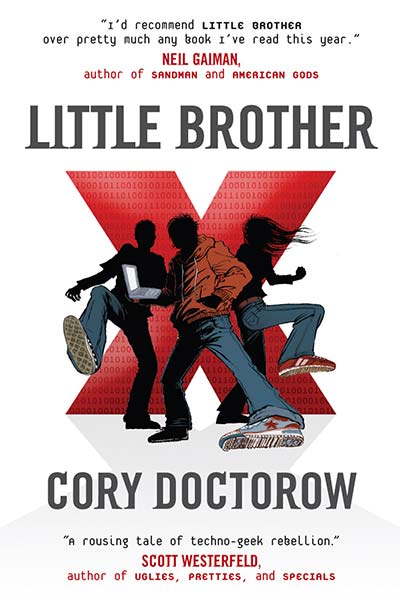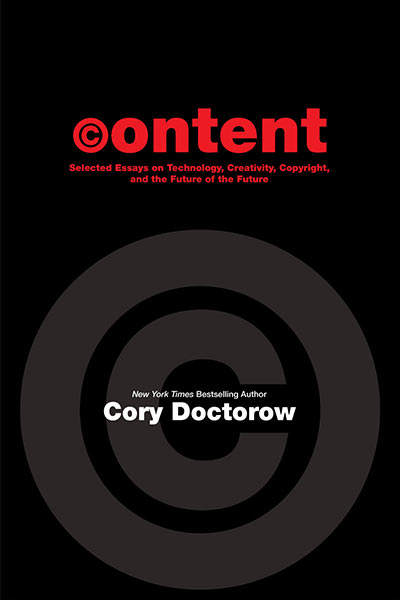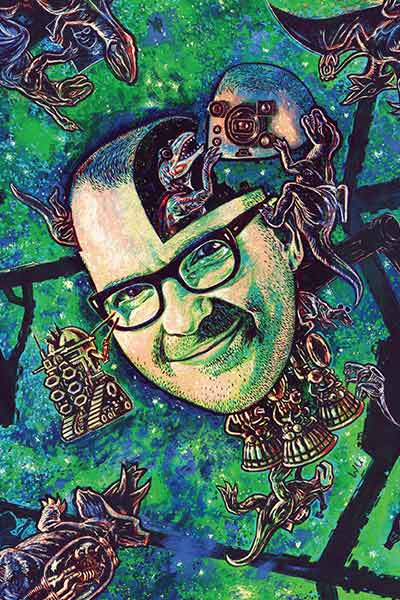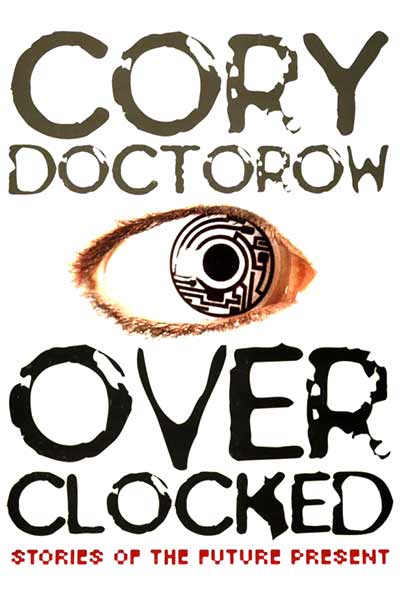My latest InformationWeek column just went live. It’s called “A Behind-The-Scenes Look At How DRM Becomes Law” and it a rarely seen look at the sausage factory that is DRM standards negotiation. This stuff all happens behind closed doors, and it’s ugly as sin. When you’ve watched them bury bodies in meeting after meeting, it’s pretty fun to exhume a couple and rattle their bones.
Intel’s presence on the committee was both reassurance and threat: reassurance because Intel signaled the fundamental reasonableness of the MPAA’s requirements — why would a company with a bigger turnover than the whole movie industry show up if the negotiations weren’t worth having? Threat because Intel was poised to gain an advantage that might be denied to its competitors.
We settled in for a long negotiation. The discussions were drawn out and heated. At regular intervals, the MPAA reps told us that we were wasting time — if we didn’t hurry things along, the world would move on and consumers would grow accustomed to un-crippled digital TVs. Moreover, Rep Billy Tauzin, the lawmaker who’d evidently promised to enact the Broadcast Flag into law, was growing impatient.
You’d think that a “technology working group” would concern itself with technology, but there was precious little discussion of bits and bytes, ciphers and keys. Instead, we focused on what amounted to contractual terms: if your technology got approved as a DTV “output,” what obligations would you have to assume? If a TiVo could serve as an “output” for a receiver, what outputs would the TiVo be allowed to have?


